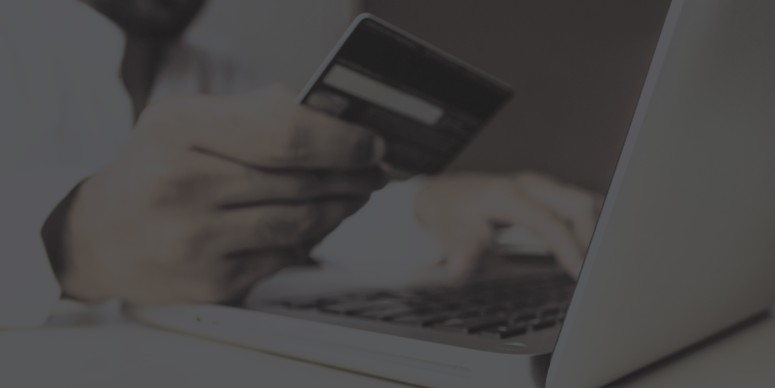Today's post is brought to us by Voyislav Stojanovic Osinsky, professor of distribution and omnichannel sales models in our Global MBA for Digital Business.
When I was invited to write a blog entry about a lecture I first gave to the students at Zigurat I asked myself: How can I explain what is omnichannel without sounding too “marketing”.
And that answer was simpler than I had first thought: explain it to your mom, if she understands it, everyone will! So here’s how I start. Before jumping into this topic, we need to understand what “channel" means: it is the way you sell and deliver your products to your customer, period.Starting from this point, we can identify those ways, first, we start with what we mean by a single channel.
Single-channel means that the customer has one way to get your product, for example: going to a “brick and mortar” store.
Then,
multi-channel models appeared where we open different ways for a customer to reach us. For example, the customer can buy from that old brick and mortar store, or contact us by phone, email o e-commerce platform to buy the product.
The challenge? How can we facilitate the customer to switch channels during the purchasing process? A new model where customers can start the purchasing process in one channel and finish in another was developed and the magic word
omnichannel appeared.Omnichannel explained plainly is the way we can provide the customer with an integrated shopping experience, also known as a seamless customer journey.
In short we can summarize in this picture:Before the companies start to figure out how they can develop their omnichannel strategy, it is important to understand the main differences between them multichannel and omnichannel. One of the biggest questions we ask ourselves is how to set up a successful “channel” strategy, whether we should opt for multi- or omnichannel.
It is important to understand that each industry has its own characteristics and since there’s no “silver bullet” to define the proper strategy it’s important to analyze first the nature of our product and the nature of our prospects and customers.As said in this
article: "All omni-channel experiences will use multiple channels, but not all multi-channel experiences are omnichannel."
Nevertheless, it is important to understand in the first place what your customer's journey is like. Then you can have a clear picture of what might be the main touchpoint you want to develop and how to measure if they are giving good results and are helping the customer to stay and buy into our shop.
Finally, next steps will be based on how to establish a good customer experience transformation strategy (Lucky for you if your company was born from scratch with an OmniChannel Model currently operating), keeping in mind that leadership consists not only of building a strategy but also of executing it and setting up ways to measure the level of success.
Here is an interesting
article from Consulting Firm McKinsey, that establishes an overall architecture for CX Transformation that comprehends 5 main pillars to wrap the whole transformation process.
And last but not least, it is important to make a big effort to keep as many doors as possible open for your customers to reach you and buy your products. One of the best examples of the Omnichannel model, we can find it in the banking industry. This
article helps you picture how the banking industry reached a good peak level into Omnichannel.
Voyislav Stojanovic Osinsky
Professor of the Global MBA in Digital Business
National Business Development Manager: AXA Health
